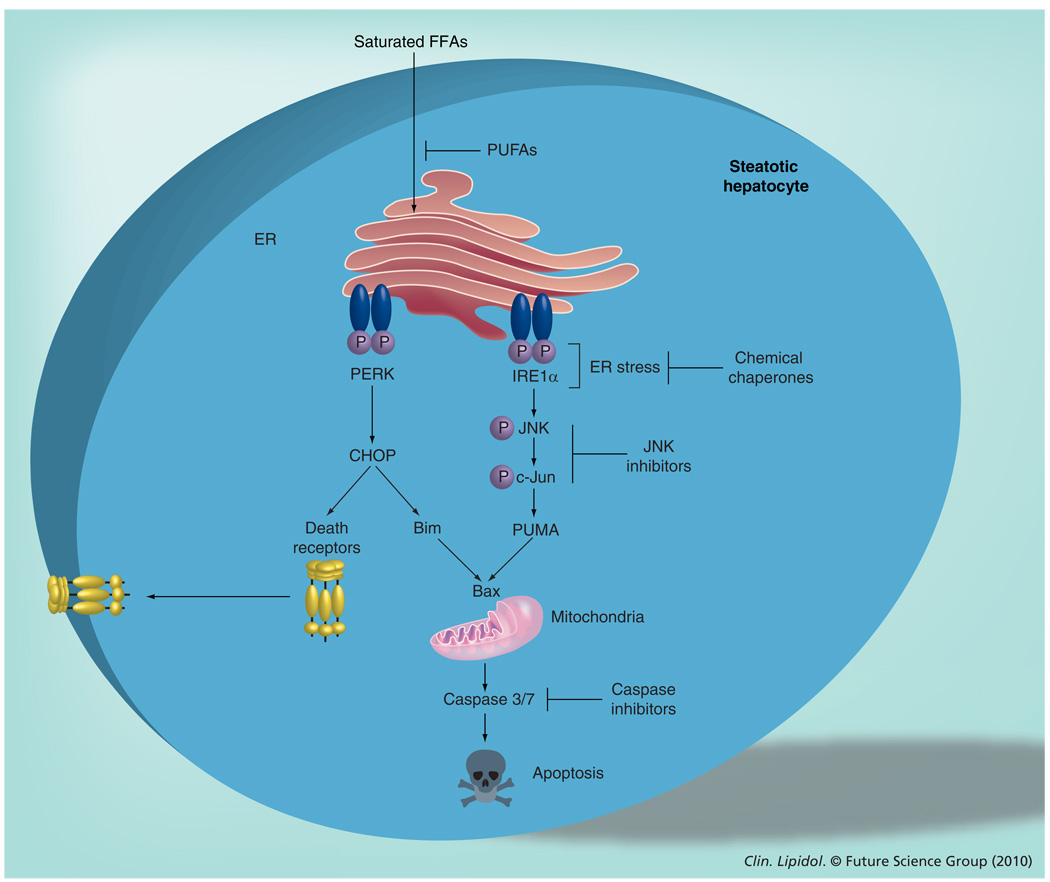Figure 2. Molecular mechanisms involved in saturated free fatty acid-induced hepatocyte apoptosis.
Saturated FFAs accumulate in the ER, which leads to disturbance of ER function and induction of an ERstress response, mediated by the phosphorylation and activation of two ER-resident kinases, IRE1α and PERK. Phosphorylated IRE1α activates an apoptotic pathway involving JNK activation. Active JNK phosphorylates the transcription factor c-Jun, which leads to the transcriptional upregulation of the proapoptotic BH3-only protein, PUMA. Activation of PERK results in the induction of the transcription factor CHOP, which upregulates the expression of the proapoptotic BH3-only protein, Bim. Bim, in concert with PUMA, activates the proapoptotic executioner protein, Bax, resulting in mitochondrial dysfunction and activation of effector caspases and apoptosis. CHOP can further upregulate the expression of death receptors, such as death receptor 5, which sensitize fatty hepatocytes to circulating death ligands (e.g., TNF-related apoptosis-inducing ligand).
CHOP: CCAAT/enhancer-binding homologous protein; ER: Endoplasmic reticulum; IRE: Inositol-requiring enzyme; FFA: Free fatty acid; JNK: c-Jun N-terminal kinase; P: Phosphate; PERK: PKR-like endoplasmic reticulum kinase; PUFA: Polyunsaturated fatty acid; PUMA: p53 upregulated modulator of apoptosis.

